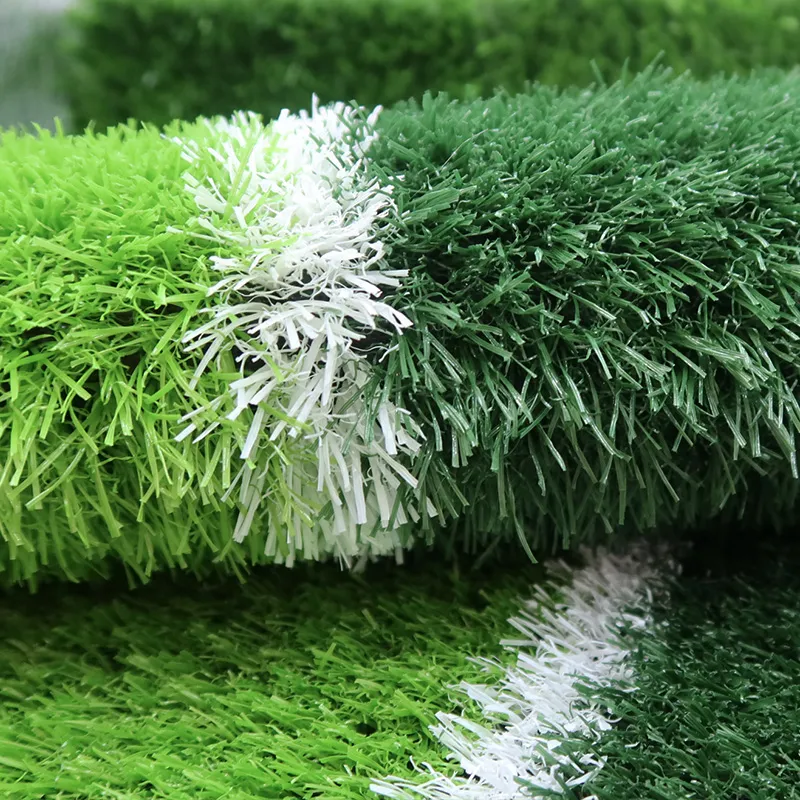
- Afrikaans
- Arabic
- Belarusian
- Bengali
- Czech
- Danish
- Dutch
- English
- Esperanto
- Estonian
- Finnish
- French
- German
- Greek
- Hindi
- Hungarian
- Icelandic
- Indonesian
- irish
- Italian
- Japanese
- kazakh
- Rwandese
- Korean
- Kyrgyz
- Lao
- Latin
- Latvian
- Malay
- Mongolian
- Myanmar
- Norwegian
- Persian
- Polish
- Portuguese
- Romanian
- Russian
- Serbian
- Spanish
- Swedish
- Tagalog
- Tajik
- Thai
- Turkish
- Turkmen
- Ukrainian
- Urdu
- Uighur
- Uzbek
- Vietnamese
artificial turf estimate
Dec . 21, 2024 04:37 Back to list
Estimating the Costs and Benefits of Artificial Turf
Artificial turf has grown in popularity in recent years, particularly in sports fields and recreational areas. As communities look for sustainable and low-maintenance alternatives to natural grass, many are considering the various factors associated with the installation of artificial turf. Understanding the costs and benefits is essential for making informed decisions regarding this investment.
Initial Costs
The initial cost of installing artificial turf can vary widely based on several factors, including the size of the area, the type of turf, and preparation requirements. On average, the cost for artificial turf installation ranges from $5 to $20 per square foot. This price includes materials, labor, and any necessary site preparation, which may involve removing existing grass, leveling the ground, and ensuring proper drainage. For a standard football field, the total installation cost can range from $400,000 to over $1 million.
While the initial investment may seem steep, proponents argue that artificial turf can be more cost-effective in the long run. Natural grass requires ongoing maintenance, including watering, mowing, fertilizing, and pest control. These recurring expenses can add up quickly, particularly in regions where water conservation is a priority due to drought conditions.
Longevity and Durability
One of the significant advantages of artificial turf is its durability. High-quality artificial grass can last up to 15 years or more with proper maintenance. Unlike natural grass, which can wear thin and become patchy with heavy foot traffic, artificial turf is designed to withstand the rigors of sports and recreation. This durability makes it an appealing option for schools, parks, and sports complexes that experience heavy use.
Additionally, artificial turf requires far less water than natural grass, which helps conserve precious resources, particularly in arid regions. With growing concerns about water scarcity and the costs associated with irrigation, artificial turf provides a sustainable solution that aligns with environmental considerations.
Maintenance Costs
artificial turf estimate

While artificial turf reduces immediate maintenance costs, it is not entirely maintenance-free. Regular cleaning to remove debris, periodic infill replacement, and inspections to assess wear are necessary to ensure the turf remains in good condition. However, these maintenance tasks are typically less labor-intensive and costly than maintaining natural grass.
On the other hand, natural grass requires consistent watering, fertilization, and pest management, which can be expensive and labor-intensive. Communities considering artificial turf must weigh these ongoing costs against the initial investment in turf installation.
Advantages for Sports and Recreation
From a user experience perspective, artificial turf offers several advantages. It provides a consistent playing surface, reducing the risk of injury associated with uneven or muddy natural grass. This reliability appeals to athletes and coaches, who often prefer the predictability of artificial surfaces for training and competition.
In addition, artificial turf can be used in diverse weather conditions. While natural grass can become unplayable during rain or extreme heat, artificial turf remains functional. This capability increases the number of playable days throughout the year, maximizing facility usage and providing better value for investment.
Environmental Considerations
Despite its benefits, artificial turf has faced scrutiny over potential environmental impacts. The materials used in its production and the potential for heat retention in urban areas are valid concerns. Municipalities must consider the environmental footprint of both installation and disposal at the end of the turf's life cycle.
In conclusion, estimating the costs and benefits of artificial turf involves a comprehensive analysis of initial investments, long-term maintenance, durability, and user enjoyment. While the upfront costs can be significant, the potential for reduced maintenance and increased usability makes artificial turf an attractive option for many communities. Ultimately, careful planning and consideration of local environmental conditions will guide whether artificial turf is the right choice, balancing cost, functionality, and sustainability for years to come.
-
The Benefits of Artificial Turf for Indoors
NewsJul.15,2025
-
How Artificial Grass Suppliers Ensure Quality Products
NewsJul.15,2025
-
Artificial Grass and Pets: A Space for Relaxation
NewsJul.08,2025
-
Balcony & Outdoor Decoration with Artificial Grass
NewsJul.08,2025
-
Best Indoor Artificial Grass for Home
NewsJul.07,2025
-
Best Pet Turf for Dogs: Safe & Durable Artificial Grass Options
NewsJul.07,2025
Products categories









